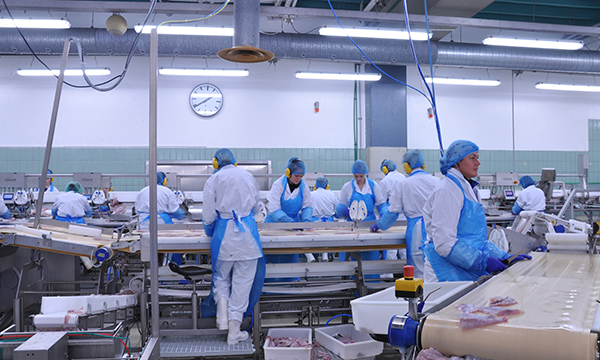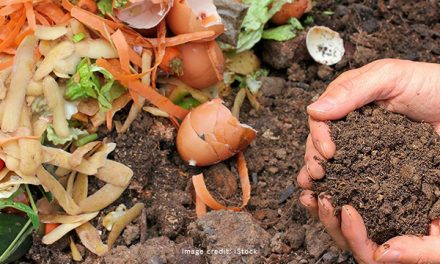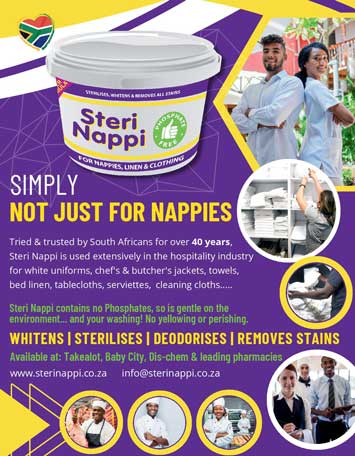THE RECENT LISTERIOSIS CRISIS that implicated some of South Africa’s best-known and respected brands was a wake-up call for a food industry that had possibly become too complacent about food safety.
Many restaurant and franchise brands manufacture own-brand products either in their own kitchens or outsourced to commercial kitchens. But where products are bought in, restaurants and chefs have now realized their responsibility for good stewardship – and best hygiene and food safety practice in their own kitchens.
But the threat still looms large even if the headlines have died down. So says Emma Corder, MD of industrial cleaning company, Industroclean. “The listeriosis threat continues to loom large over South African food manufacturers, and the consumers who buy their produce,” she says.
This was confirmed in October 2019 by the National Institute for Communicable Diseases, which said that 87 laboratory-confirmed listeriosis cases had been reported in the year following the deadly 2017/2018 outbreak.
“The good news is that this figure is below the projections and historical averages for listeriosis cases in a population,” says Corder. “But it also means that listeriosis remains a threat to consumers, even though that number is statistically small.”
Corder says this is why the new Compulsory Specification for Processed Meat Products is important at a time like this. “The regulations are a direct result of the listeriosis outbreak and aim to eliminate further food contamination crises by setting out clear checks and balances for processed meat manufacturing.”
The Compulsory Specification for Processed Meat Products regulations, published by the Department of Trade and Industry, now give effect to the guidelines for the processed meat industry as laid out in SANS 885. This national standard specifies the handling, preparation, processing, packaging, refrigeration, freezing, chilling and storage of processed meat products. The new regulations cover all aspects of a manufacturing facility, from its physical structure and equipment, to ingredients used, test methods and the handling, preparing, processing, producing, packaging, marking, labelling and storage of the product.
“Naturally, hygiene practices and processes are an important part of the regulations. These apply to the processing facility, equipment and employees, and also specify the level of microbiological content allowed,” Corder says.
She explains that the basic principles of a Hazard Analysis and Critical Control Point (HACCP) food safety management system are recommended in the regulations as the model to adopt.
This requires that manufacturers identify potential hazards, where they may occur and how this can be controlled. They should then set limits that allow these hazards to be controlled at each critical point, and ensure these limits are properly monitored.
HACCP further recommends that producers determine what corrective action is needed if they have failed to control a hazard. All these steps should become part of any commercial kitchen’s processes, including the recording, verification and review procedures.
“Applying the simple steps and covering all the bases outlined in HACCP guidelines for food manufacturing should, at the very least, ensure that bacterial infections are avoided. Hygiene procedures and cleaning schedules are obviously a key part of this process, and in many ways the low-hanging fruit that producers can grasp to ensure the minimum levels of compliance.”






 Cauliflower Skewers with Pesto Drizzle
Cauliflower Skewers with Pesto Drizzle Lamb & Green Bean Bredie
Lamb & Green Bean Bredie Kerry Kilpin’s Pickled Fish Tacos
Kerry Kilpin’s Pickled Fish Tacos The Table Bay’s Ombré Chia Breakfast Sundae
The Table Bay’s Ombré Chia Breakfast Sundae Best gin Christmas cocktails
Best gin Christmas cocktails All Recipes
All Recipes








